by | Feb 18, 2017 | 01 What's New, Ancestry, Listeners & Readers
Finding living relatives and reuniting lost family treasures is just one way genealogists do random acts of kindness. Our Gems reader has a passion for reuniting photos from eBay to living relatives, but needs to find them first. I have some tips for finding living relatives using Ancestry family trees.
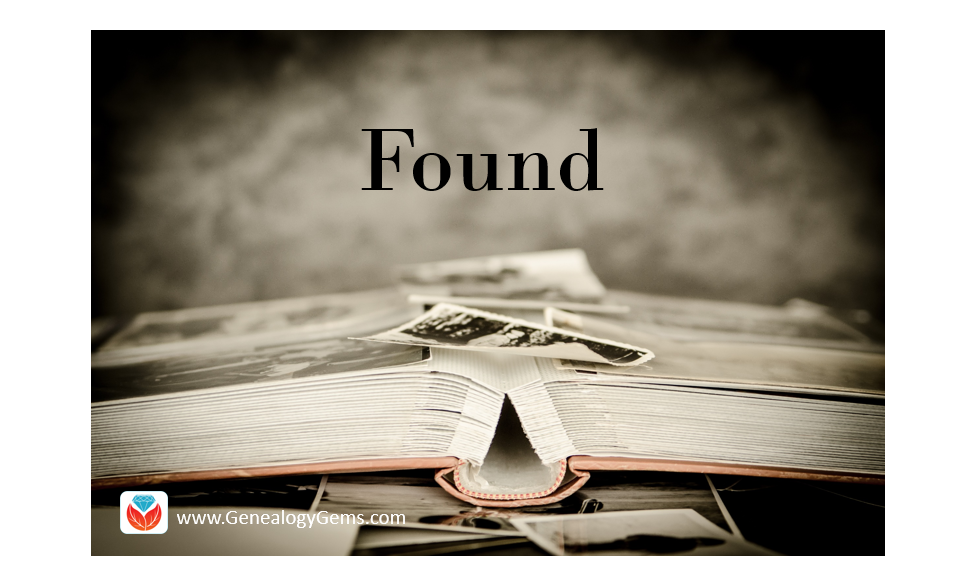
Years go by and dust collects on old photos left on shelves. Sadly, some will choose to sell those once treasured photos on e-bay or at a local flea market. But the good news is there are genealogists who are actively searching for living relatives to reconnect with these pictures of the past.
Finding Living Relatives
A Gems reader recently asked:
I love doing random acts of kindness and when I find photos on eBay and other sites, I love trying to find some family members to enjoy the treasure. There was an email from a listener that I wanted to see if you could expand on for me. She asked who she should contact via Ancestry to ask about a found item. You had great suggestions, but I am hung up on one thing you said.
You said to look at their tree and look at the relationship to the person who created the tree, and the person mentioned in the picture. I would love to do this, but alas, I do not know how.
I have a very specific example right now. I found this listing for Ora Shields barn on eBay this morning. Ora is not my relation, but this would be a neat picture if he were! I looked in Ancestry and found lots of trees for him. I found a couple of people with lots of sources for him, and I always look to see the last time the tree owner logged in. But, what next. I am not sure how to tell how the tree owner is related to Ora. Any suggestions?
P.S. Love your show and now I am addicted to Google Earth thanks to listening to the premium video! Keep the good stuff coming!
Using Ancestry Family Trees for Finding Living Relatives
I’m so glad our Gems are loving Google Earth and our Premium videos! It is wonderful to hear how our Gems Premium Members are using these tools! It is also spectacular that they are seizing the opportunity to help others and I want to help them do that!
I just grabbed a tree on Ancestry that included a person named Ora Shield’s as an example.
Below is the result showing this Ora Shields. If I wanted to find a living relative of this individual, I would take the following steps.
Step 1: Click the down arrow on the name of the tree and click View Tree.
Step 2: Click the down arrow on Find Person and choose Home Person from the pull-down menu.
Step 3: Quickly scan the names and find someone with the last name Shields. In this example, this is the Home Person’s great-grandmother.
Step 4: Click the up arrow above the Home Person’s great-grandma (Cora Shields) to see the Shields’ ancestors.
As you can see, Ora Shields is great-grandma Cora Shield’s brother!
Determine the Relationship
Using this calculator, you can’t specify brother. So, we identify who the direct ancestor is that the Home Person and Ora Shields share. That would be Cora’s parents. Ora is their son and Home Person is their great-great grandchild. Enter that into the calculator and it will tell you how they are related.
Isn’t this an amazing tool? I wish the best of luck to our reader and others who are finding living relatives to reunite with these treasures. And, I love sharing these feel good stories on in our blog and podcasts so thank you, reader, for letting us share your question with our Genealogy Gems.
More on Finding Living Relatives
by Lisa Cooke | Mar 19, 2014 | Beginner
 Free Family History has a nice ring to it!
Free Family History has a nice ring to it!
Did you know you don’t have to pay for a subscription to anything to be able to start learning more about your family history?
Start to find your family history for free by asking the four questions listed below.
1. What do you already know?
Chances are that you know something about your family already. The most important facts we start with are our relatives’ names and their dates and places of birth, marriage(s) and death. These facts can help you later to distinguish between records about our relatives and others with the same name.
Write down what you know about your “direct ancestors”–your parents, grandparents, great-grandparents, etc.–on a family tree chart like this free fill-in pdf format (these are also called pedigree charts). Then use family group sheets like this one to organize facts about each individual couple (this is where you can list all the children your grandparents had, for example).
2. What do your relatives know?
After filling out what you can, show your family tree chart and family group sheets to other relatives. Ask them if they can fill in some blanks. Remember these tips:
- Try to include a little note about who tells you each piece of information.
- Someone may dispute what you find. Everyone’s memory of an event is different. Don’t argue. Treat their information with respect:. Write it down. Then ask politely if they have any documentation you could see, or why they believe something to be true (who told them, etc).
- Ask whether anything is missing from your charts: a grandparent’s second marriage, a stillborn child or even whether someone’s name is accurate. You or others might know someone by a nickname or middle name.
- Be sensitive to information that might be confidential or not generally well-known, like a birth date that doesn’t appear more than 9 months after a wedding, or a first marriage. Consider asking living relatives if it’s okay for you to share certain facts. Consider only showing part of your charts to a relative.
3. What’s in the attic (or anywhere else)?
We can often find family documents in our own homes and those of our relatives. Look in attics, basements, storage units, safe deposit boxes and 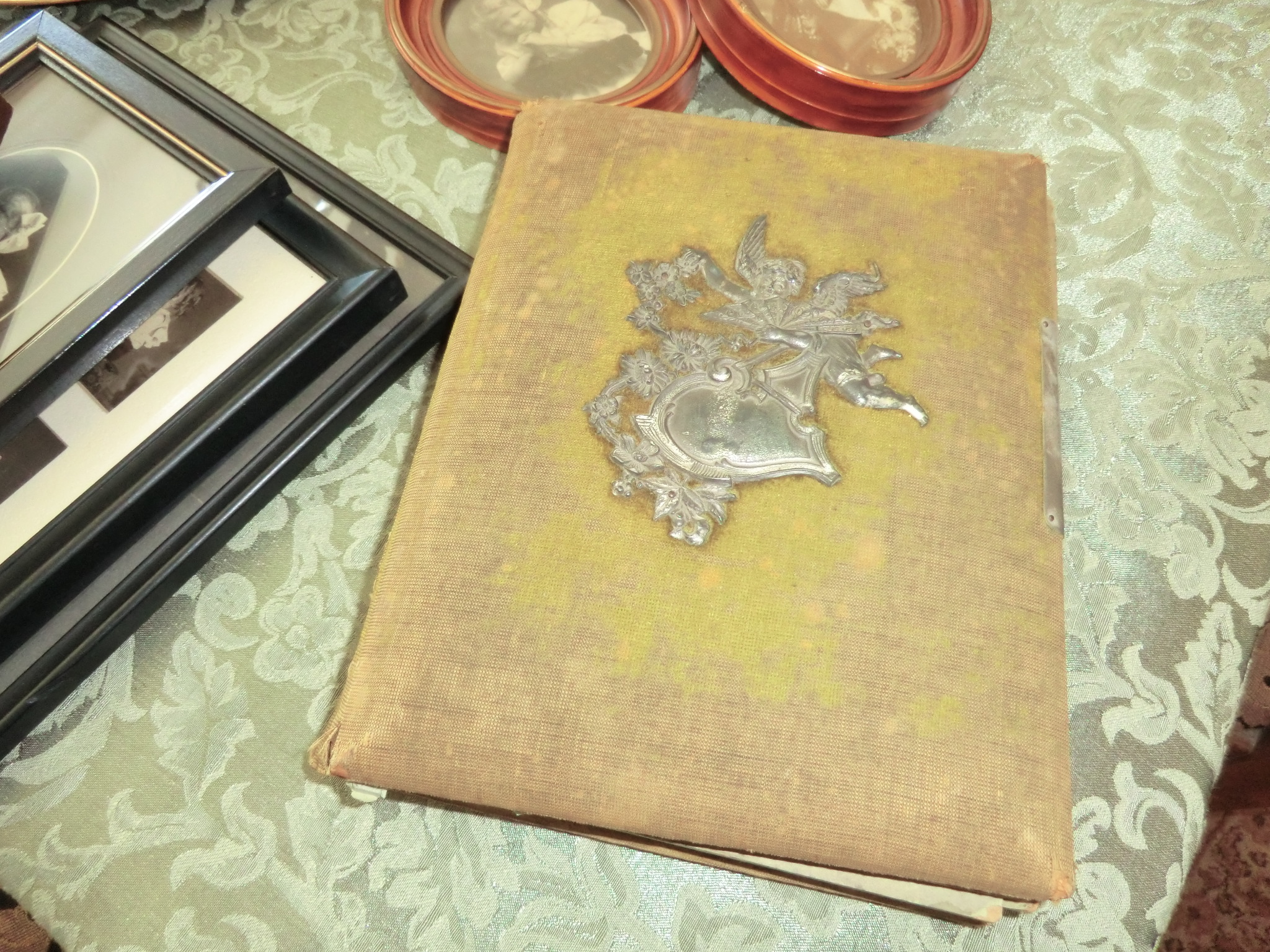 safes, filing cabinets, photo albums, scrapbooks, shoeboxes and other places where papers and memorabilia may be tucked. You’re looking for things like:
safes, filing cabinets, photo albums, scrapbooks, shoeboxes and other places where papers and memorabilia may be tucked. You’re looking for things like:
- certificates of birth, baptism, marriage or death;
- obituaries or other news articles, like anniversaries;
- funeral programs, wedding and birth announcements;
- photos with names or other notes on the backs;
- insurance, pension, military or other paperwork that may mention births or deaths or beneficiary information;
- wills and home ownership paperwork–even outdated ones;
- a family Bible.
When you find family names, relationships, dates and places in these documents, add them to your charts.
4. What’s available online for free?
There are two major types of family history information online: records and trees. Records are documents created about specific people, like obituaries, birth certificates and all those other examples I just mentioned. Trees are a computerized form of other people’s family tree charts and group sheets. It can be tempting to just look for someone else’s version of your family tree. Eventually you will want to consult those. But other people’s trees are notoriously full of mistakes! Instead, start by looking for records about the relatives you already have identified.
I suggest that you start your search at FamilySearch.org because it’s totally free. At most other sites, you’ll have to subscribe or pay to see all the search results. At FamilySearch, you just need to create a free user login to get the most access to their records.
After logging in, click Search. Choose a relative you don’t know a lot about. Search for that name. Use the different search options to add more information–even a range of dates and a state/province or country–so you don’t have to wade through thousands of near-matches.
The most common records to find on FamilySearch for many countries are census and vital records.
- A census is a tally of residents, voters or another target population. Entries often include details about a household: who lived there, how they were related, how old they were, where they were born, etc. You can often extract family information from census listings, though some things (like ages or name spellings) may not be totally accurate.
- Vital records are official records of someone’s birth, marriage or death. In these, you’ll often find important dates and places as well as names of parents, spouses or others important to the family. They aren’t always totally accurate, and you may only be able to see an index of the record (not the actual document).
As you find search results, compare what they say to what you’ve already learned. How likely is it that this record belongs to your family? Consider how many people seem to have the same name in that location and time period (for example, how many are mentioned in the 1880 U.S. census in that state?). Don’t just look at the search results list: click through to look at the full summary of the entry and, if you can, the original record itself. You may find additional details in these that can confirm whether this record belongs to your relative. You may even find out about new people: your great-grandparents’ parents, for example. Write it all down or begin building a family tree right there on the FamilySearch website (because it’s totally free: learn more about that here.) And one of the greatest keys to long term success is citing your sources. It’s imperative that you make careful note of where you got the resource so that you can find and refer to it again later, and back up your research if it is ever called into question.
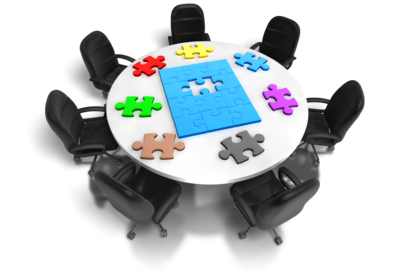 People who research their family history often describe it as a puzzle with lots of different pieces. You will need to assemble a lot of puzzle pieces–information about each relative–to begin to see the “bigger picture” of your family history. You’ll start to sense which pieces may belong to a different family puzzle. You may put together a picture that is unexpected, or has some shadows and sadness. There will likely also emerge heroic, beautiful and touching images.
People who research their family history often describe it as a puzzle with lots of different pieces. You will need to assemble a lot of puzzle pieces–information about each relative–to begin to see the “bigger picture” of your family history. You’ll start to sense which pieces may belong to a different family puzzle. You may put together a picture that is unexpected, or has some shadows and sadness. There will likely also emerge heroic, beautiful and touching images.
Ready to learn more?
Up next, read:
7 Great Ways to Use Your iPad for Family History
How to Find Your Family Tree Online
Best Genealogy Software
Search the SSDI for Your Family History


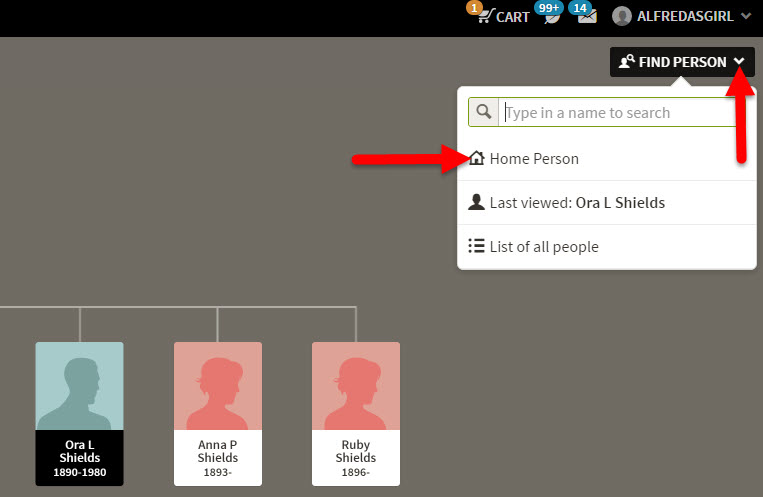
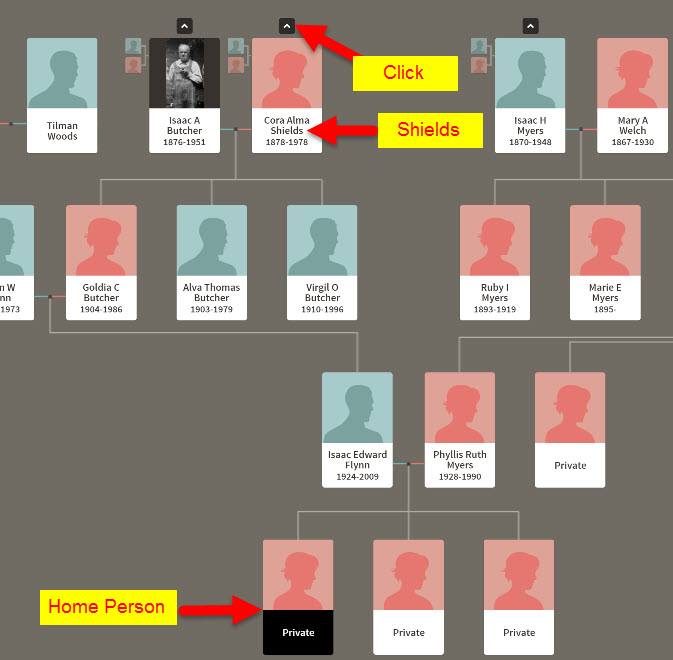

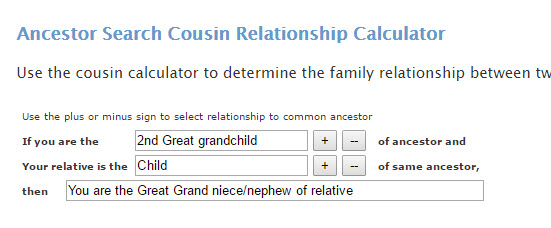


 Free Family History has a nice ring to it!
Free Family History has a nice ring to it! safes, filing cabinets, photo albums, scrapbooks, shoeboxes and other places where papers and memorabilia may be tucked. You’re looking for things like:
safes, filing cabinets, photo albums, scrapbooks, shoeboxes and other places where papers and memorabilia may be tucked. You’re looking for things like: People who research their family history often describe it as a puzzle with lots of different pieces. You will need to assemble a lot of puzzle pieces–information about each relative–to begin to see the “bigger picture” of your family history. You’ll start to sense which pieces may belong to a different family puzzle. You may put together a picture that is unexpected, or has some shadows and sadness. There will likely also emerge heroic, beautiful and touching images.
People who research their family history often describe it as a puzzle with lots of different pieces. You will need to assemble a lot of puzzle pieces–information about each relative–to begin to see the “bigger picture” of your family history. You’ll start to sense which pieces may belong to a different family puzzle. You may put together a picture that is unexpected, or has some shadows and sadness. There will likely also emerge heroic, beautiful and touching images.


